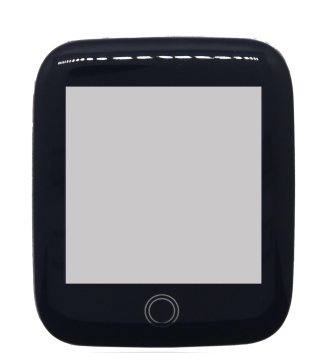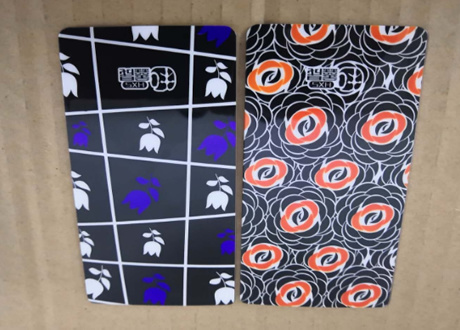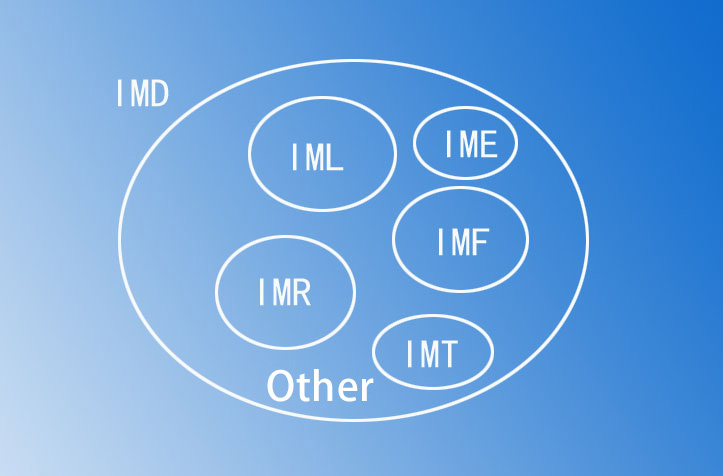Application Scenarios of IML Technology
Release time:
2022-08-23
Source:
Application Scenarios of IML Technology
1. Used in situations where the product shape remains unchanged but the surface patterns are diversified. Production is done in a single mold, and only the labeling pattern needs to be changed during the process, saving the number of molds while optimizing the production process for greater flexibility.

2. Used in scenarios where the surface requires wear and scratch resistance. The surface of the plastic parts made with IML technology can have a layer of wear-resistant film with a hardness of 2H or higher. The common material for this film is PET.

3. Used for products with high requirements for surface patterns. The patterns in IML technology are hidden beneath the film, making them less prone to fading, and the patterns can be vibrant and high-precision.
4. Used for products with extremely high requirements for appearance performance. The surface of plastic parts made with IML technology features an almost perfect film, eliminating water marks and weld lines, and providing waterproof, moisture-proof, and fingerprint-resistant properties.
5. Used in product series with significant differences in appearance. Various scenarios with surfaces covered in skins, fabrics, films, bamboo sheets, high imitation metals, high carbon fibers, high imitation resin textures, etc.
6. Used in touch-sensitive buttons. Typically, these buttons have patterns as identifiers and use light sensing to achieve control functions.
7. Used for semi-transparent effects on windows. Achieving effects where numbers or patterns are visible when the light is on, and only a dark screen is visible when the light is off.

8. Used on automotive control panels, where IML technology components incorporate printed circuits and electronic components, enabling circuit control functions.

9. Used in other unexpected or conceivable scenarios.
Previous Page
Related News












